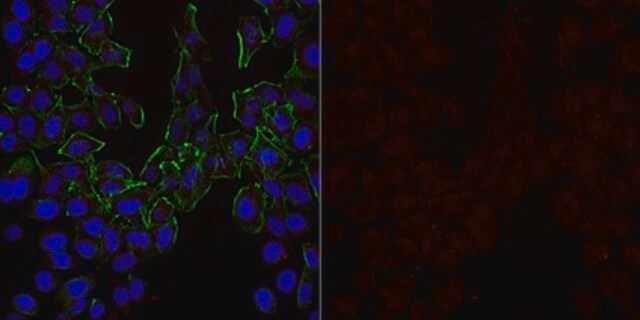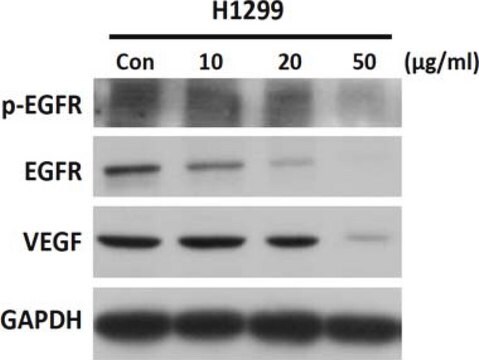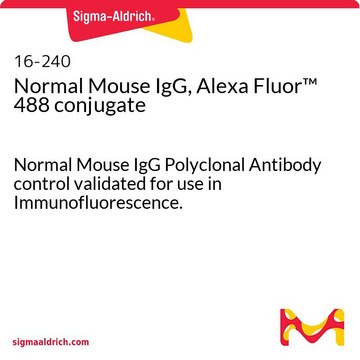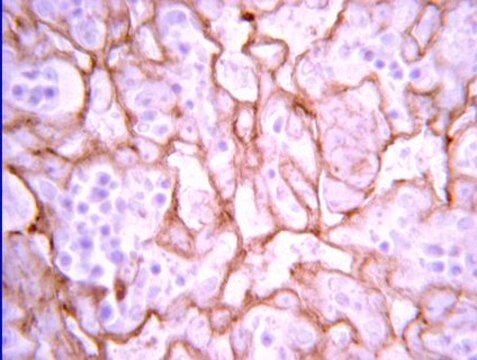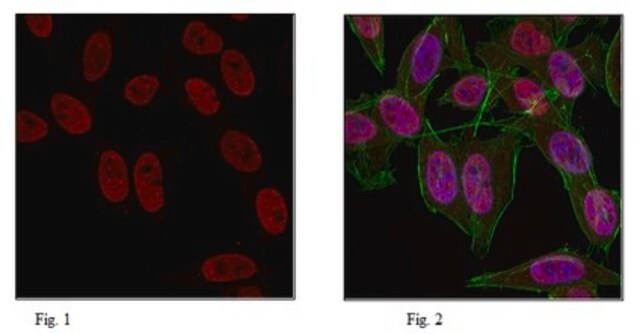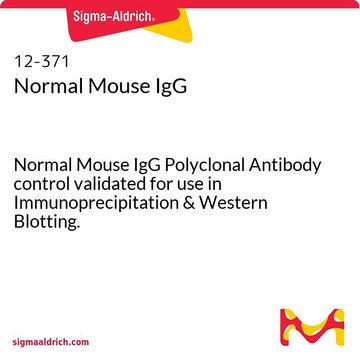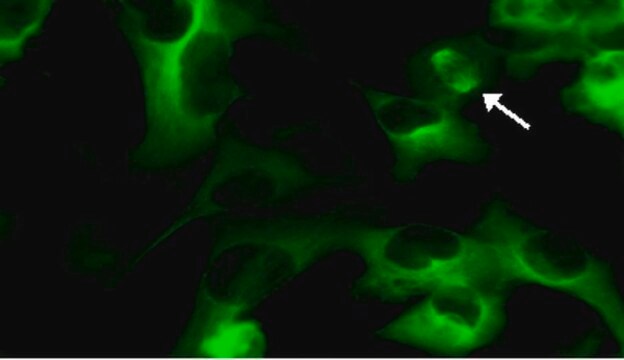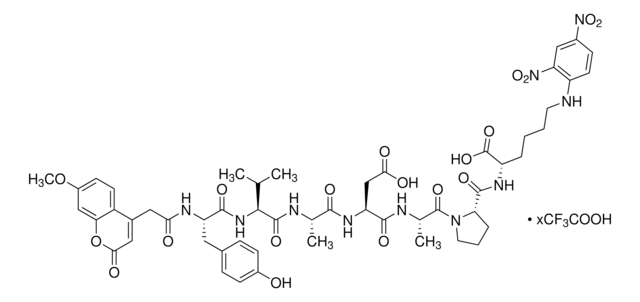ABS82-AF488
Anti-VEGF Antibody, Alexa Fluor™ 488 Conjugate
from rabbit, ALEXA FLUOR™ 488
Sinónimos:
Vascular endothelial growth factor A, VEGF-A, Vascular permeability factor, VPF, VEGF
About This Item
Productos recomendados
biological source
rabbit
Quality Level
conjugate
ALEXA FLUOR™ 488
antibody form
affinity isolated antibody
antibody product type
primary antibodies
clone
polyclonal
species reactivity
rat, human
species reactivity (predicted by homology)
nonhuman primates (based on 100% sequence homology)
technique(s)
immunocytochemistry: suitable
isotype
IgG
NCBI accession no.
UniProt accession no.
shipped in
wet ice
target post-translational modification
unmodified
Gene Information
human ... VEGFA(7422)
General description
Specificity
Immunogen
Application
The unconjugated antibody (Cat. No. ABS82) is shown to be suitable also for Western blotting and immunohistochemistry (Paraffin) applications.
Signaling
Growth Factors & Receptors
Quality
Immunocytochemistry Analysis: A 1:100 dilution of this antibody detected VEGF in NIH/3T3 cells.
Target description
Physical form
Storage and Stability
Other Notes
Legal Information
Disclaimer
¿No encuentra el producto adecuado?
Pruebe nuestro Herramienta de selección de productos.
Storage Class
12 - Non Combustible Liquids
wgk_germany
WGK 2
flash_point_f
Not applicable
flash_point_c
Not applicable
Certificados de análisis (COA)
Busque Certificados de análisis (COA) introduciendo el número de lote del producto. Los números de lote se encuentran en la etiqueta del producto después de las palabras «Lot» o «Batch»
¿Ya tiene este producto?
Encuentre la documentación para los productos que ha comprado recientemente en la Biblioteca de documentos.
Nuestro equipo de científicos tiene experiencia en todas las áreas de investigación: Ciencias de la vida, Ciencia de los materiales, Síntesis química, Cromatografía, Analítica y muchas otras.
Póngase en contacto con el Servicio técnico